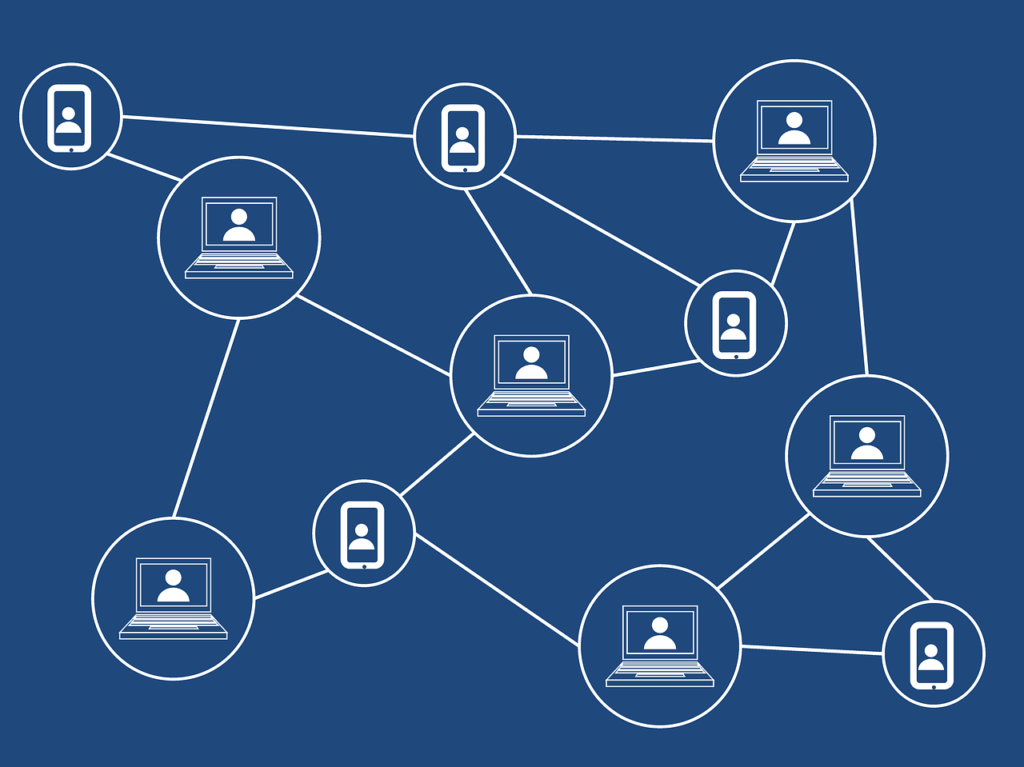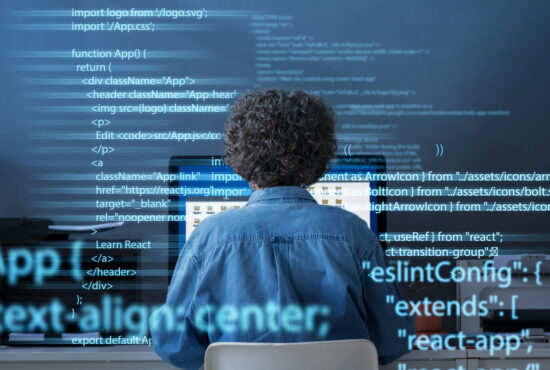In the past few years, blockchain has emerged to be a well-known technology in the rising industries. It is poised to change the IT field in a very drastic manner and is turning out to be the new internet. This trend of blockchain has arisen due to its varied features which include enhanced security, corruption-free, decentralised technology, distributed ledgers, faster settlement. It has a wide variety of applications and hence used in many banks and industries and now they are also being used in educational institutions. It’s really an understatement that education is important. Education is an important part of one’s life which acts as the greatest weapon to improve their life. It determines the quality of a person’s life and also affects their attitude, knowledge, manners, skills. Future of the country in any field like medicine, engineering, farming depends on the advancements in education. It’s important to create a transparent and secured educational system.

What is Blockchain?
It is a group of records of data called blocks which are linked using cryptography. These records are immutable and managed by a group of computers rather than a single entity and are very secure. Blocks on the blockchain are made of digital pieces of information. It is an open, distributed and immutable file which is accessible by everyone. It is a simple way of passing information in a simple and completely automated manner. This is a decentralised chain where everyone is given equal access at the same time. It is a very promising technology which reduces risk and brings out transparency. It can be used to denote a transfer of money, ownerships, identities, transactions. It requires verification from several devices like computers distributed around the net. Blocks of data cannot be disputed, removed or altered without the knowledge of its owners and the wider community.
What are the challenges faced in the education sector?
The economic growth of a country not only depends on the capital and natural resources available but also on the quality of manpower which involves education. But in recent days we see that our educational sector is facing a lot of challenges which include ease availability of fake diplomas, unable to replace the missing certificates and many more. There are millions of students learning in different institutions. It is a difficult task to store the records of all the students and maintaining their privacy is yet another task. If the data is stored in a paper it has no guarantee to stay for this long time and even if it exists it is a tedious task to find the old data. The certificates must be verified by industries and educational institutions as there is a risk of fake diplomas being used. It’s impossible to prove the credibility of a certificate at this point in time.

How can Blockchain help an education sector?
By using blockchain, information is distributed among many computers rather than being stored in a single entity. Every entry in this blockchain is immutable. Once the information is fed it can be changed. It provides secured and cheap ways of storing data which involves years and years of certificates. In this way, students and educational institutions gain control and ownership of all their education data and there is no fear of information getting corrupted. It eliminates fraud and fake degrees by avoiding manual verification of these documents. This has brought up an innovative way of collaborating business and educational institutions By using blockchain we can avoid human intervention to control and manage records. This technology has helped in boosting the efficiency of the processes being carried out.
So the application of block chain in education sector is as follows:
- Storage of all student records
- Identity verification
- Credit transfers
- Micro-Credentialing and Ownership of leaning Credentials
Blockchain cases in education
Storing Student Credentials
Most educational institutions maintain their records in the custodial form. These could be accessed only by the institutions’ staff. Most of the institutions have a centralised system for storing all the student records. Since stored in a single system, there is an increased risk of losing data. Now when we consider blockchain, records such as degrees and course certificates are secured and verified. Moreover, not only the institution staff but everybody has access to these records. Even if the institution where the degree was provided closed or if the entire university collapsed, the records are always well preserved by the blockchain. Certificate can prove its authenticity itself in a blockchain.
Identity Verification
It is another problem which should be taken care of as it can cause data tampering and may even demand human intervention. Blockchain does not store the document containing the student’s identity but instead, it stores information about the document. Now students, employees, job candidates can now identify themselves. Moreover, it does protect their personal information and controls the storage. Only a few people responsible for verifying the identity are responsible have access to these data. From now on, Institution no longer has to protect the system for access right. It also removes the fear of data breaches and the need for staff training on data protection.
Credit transfers
When the students transfer to a new institution, for the students to gain their credits they need to repeat the courses in the new institution. Students need to preserve and prove the certificates of those courses being completed in the previous institution. It is even more complicated when students are transferring to a country where there is an entirely different language and this can create barriers for credit transfer. Standards of record also vary in different institutions or different countries. There are many agreements between institutions to recognise each other’s credit but most of them are not recognised. By using blockchain, if an agreement exists then it is taken as a blockchain contract and credits would be automatically provided to the students according to the conditions of the contract.
Micro-Credentialing and Ownership of learning credentials
It provides a flexible system for storing the student credentials as they move from one course to another throughout their career. By using blockchain credentials cannot be modified. Thus it can be a more reliable and safe way of storing credentials. It allows personal data to stay personal to the user. Students have complete ownership of their educational data. The data are stored in a safe place and they are accessible to anyone who needs to verify it. Now students have got a self-updating curriculum which can be shared with the employers and these employers do not have to verify the CVs instead they can check directly whether the candidates have skills required.

